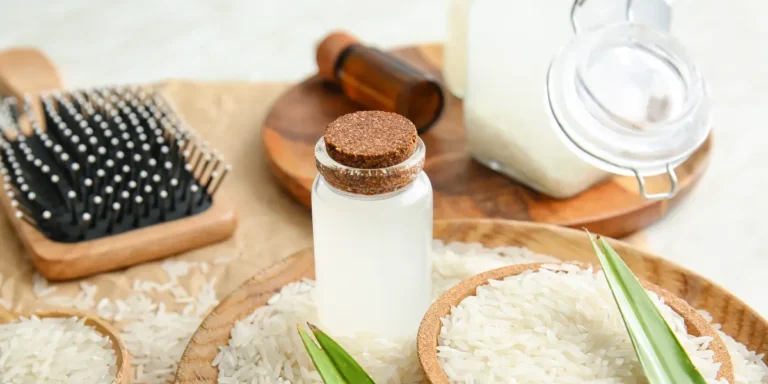Exploring Traditional Cultural Practices in Japan: 6 Time-Honored Traditions
Japan is a country renowned for its rich cultural heritage, which has been meticulously preserved and passed down through generations. The traditional Japanese cultural traditions offer a captivating glimpse into the nation’s history, values, and artistic prowess.
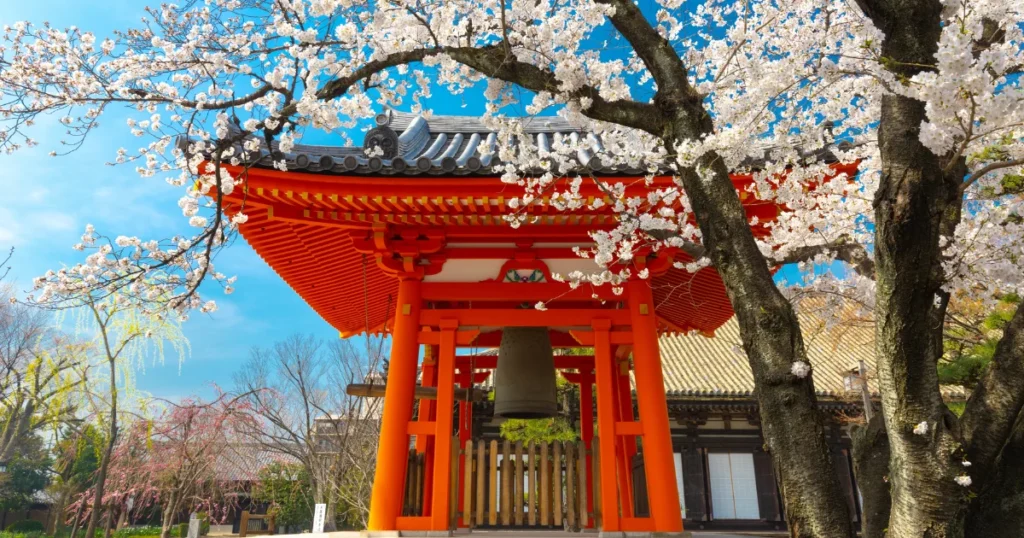
From the serene beauty of the tea ceremony to the dramatic performances of Kabuki theater, each aspect of Japanese culture is steeped in symbolism and tradition.
1. The Art of Japanese Tea Ceremony:
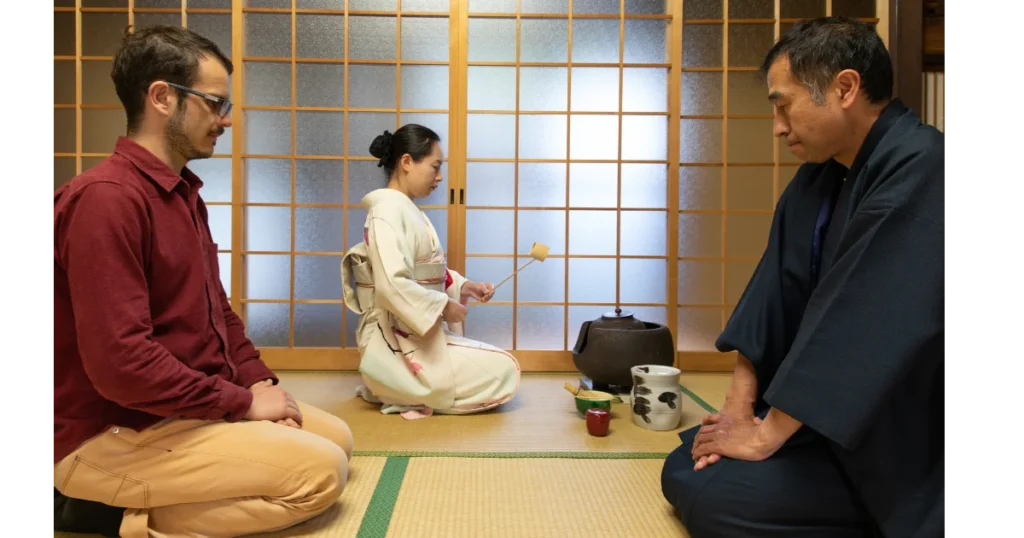
At the heart of Japanese culture lies the revered tea ceremony, known as “Chado” or “the way of tea.” Rooted in Zen Buddhism, the tea ceremony is a ritualistic practice that emphasizes harmony, respect, purity, and tranquility. Participants engage in meticulous gestures as they prepare and serve powdered green tea (matcha) in a serene setting adorned with tatami mats, bamboo utensils, and seasonal flowers. The tea ceremony captures Japanese aesthetics and spirituality, providing a moment of mindfulness amidst modern life’s chaos.
2. Ikebana: The Art of Flower Arrangement:
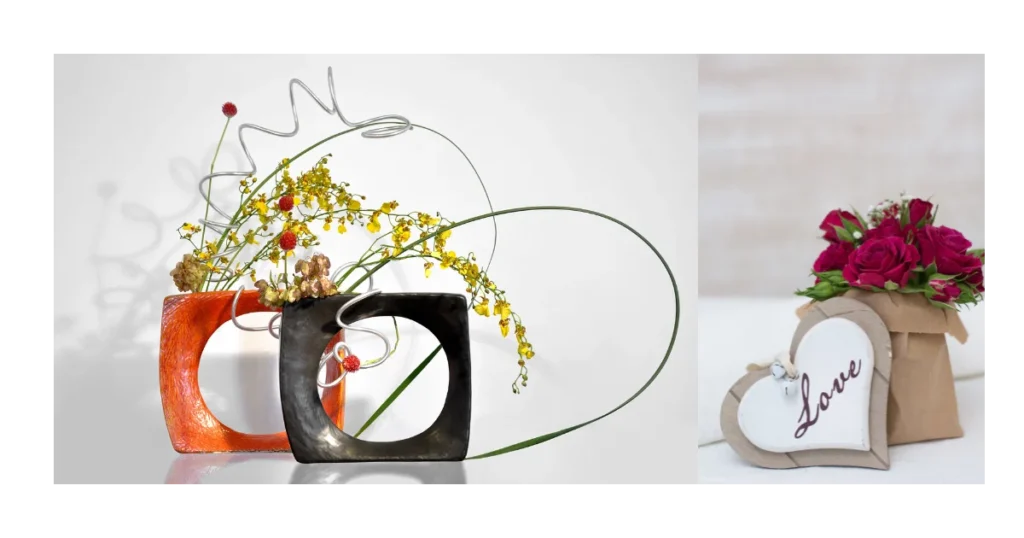
Another cherished tradition in Japanese culture is Ikebana, the art of flower arrangement. Ikebana goes beyond mere floral decoration; it is a profound form of artistic expression that embodies principles of balance, harmony, and minimalism. Practitioners select seasonal blooms, arranging them to reflect nature’s beauty and life’s impermanence. Ikebana deeply ingrains Japanese culture, its teachings influencing various daily life aspects, from interior design to gardening.
3. Japanese Calligraphy: The Beauty of Brushstrokes:
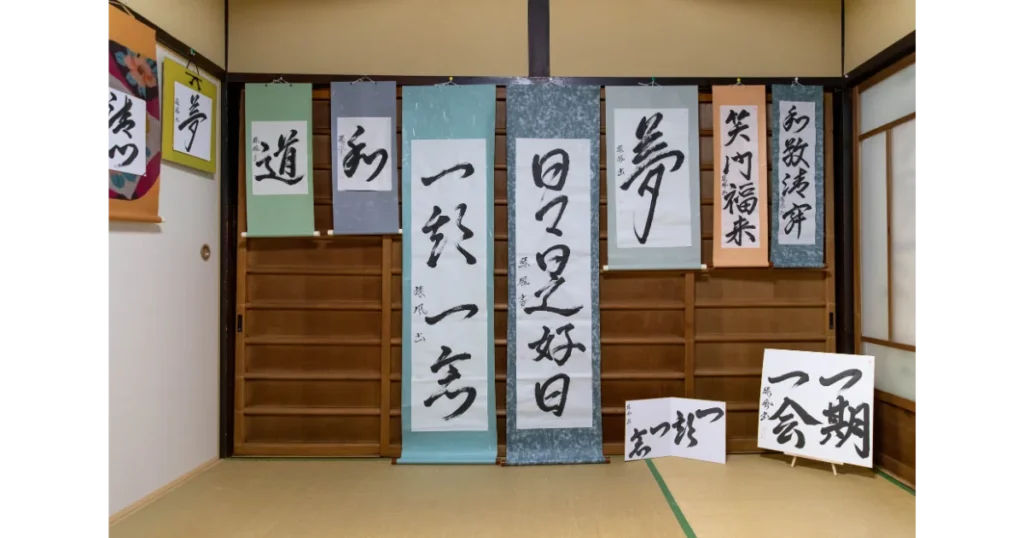
Japanese calligraphy, or “shodo,” is a revered art form that celebrates the beauty of brushstrokes and the power of written language. Rooted in Chinese tradition, Japanese calligraphy evolved into a distinct form characterized by fluidity, rhythm, and balance. Practitioners use brushes, ink, and rice paper to create intricate characters that convey meaning beyond words. Each brushstroke carries intention and emotion, turning calligraphy into meditation and self-expression.
4. Kabuki Theater: The Grandeur of Performance Art:
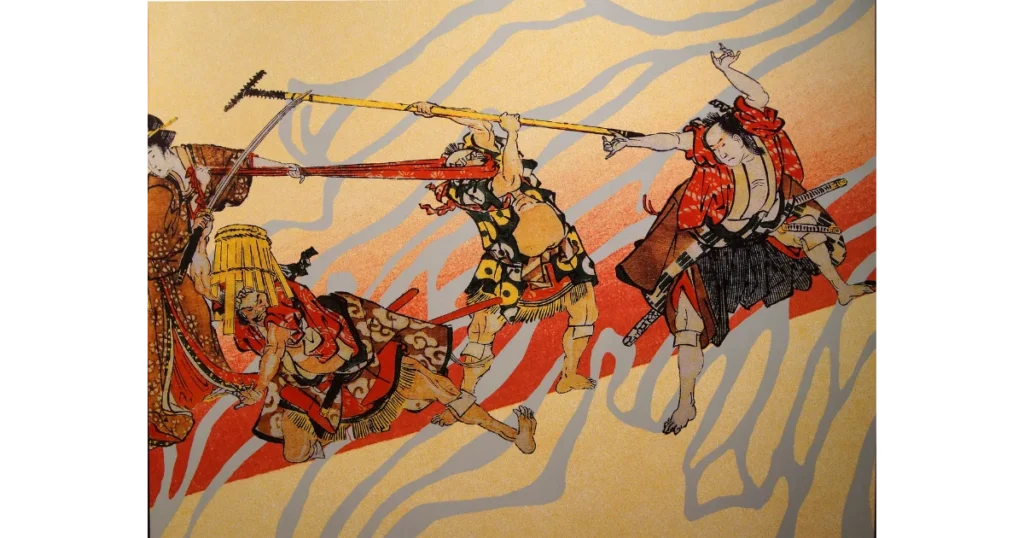
For centuries, Kabuki theater has captivated audiences with its extravagant costumes, dynamic performances, and timeless stories. Originating in the Edo period, Kabuki combines elements of drama, dance, music, and spectacle to create a mesmerizing theatrical experience. Performers, known as “kabuki-ka,” undergo rigorous training to master the art of Kabuki, which encompasses a wide range of roles, from heroic samurai to cunning villains. With its elaborate sets and larger-than-life characters, Kabuki theater continues to enchant audiences both in Japan and around the world.
5. The Elegance of Japanese Kimono:
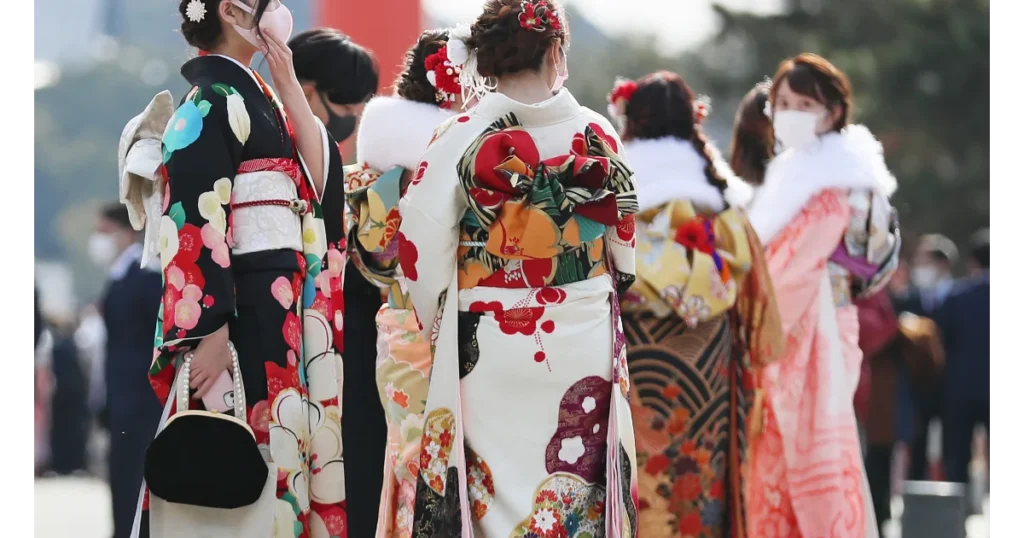
The kimono, a traditional and integral part of Japanese Clothing and Fashion, symbolizes elegance, grace, and cultural heritage. The kimono, crafted from luxurious fabrics and adorned with intricate patterns, is worn on special occasions like weddings and festivals. Each kimono is a work of art in its own right, reflecting the wearer’s personality, status, and sense of style. Despite the changing trends in fashion, the kimono remains an enduring symbol of Japanese identity and tradition.
6. Cherry Blossoms: Symbolism and Spectacle:
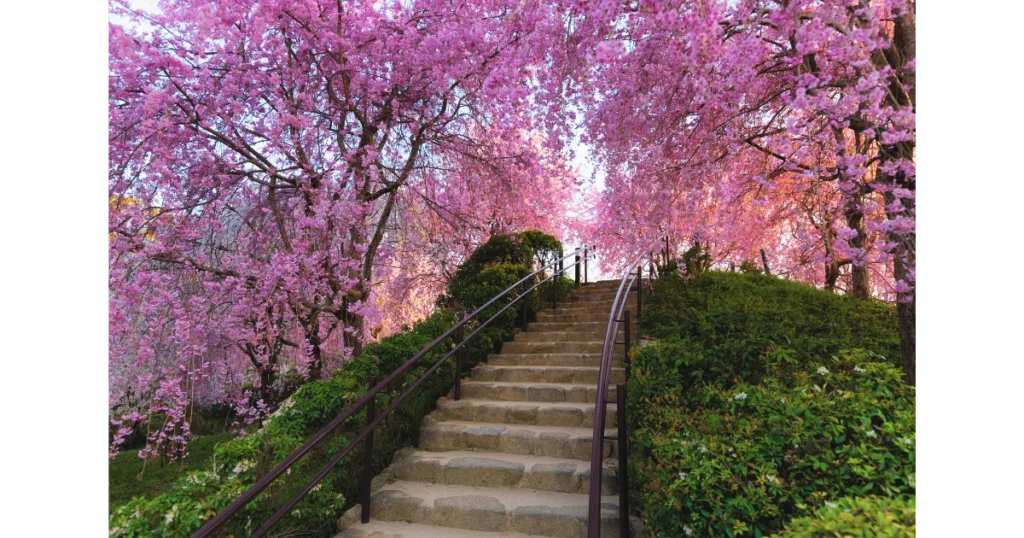
No discussion of Japanese culture would be complete without mentioning cherry blossoms, or “sakura,” which hold a special place in the hearts of the Japanese people. The blooming of cherry blossoms marks the arrival of spring and is celebrated with hanami (flower-viewing) picnics, festivals, and poetic contemplation. Cherry blossoms symbolize the fleeting beauty of life and the ephemeral nature of existence, serving as a poignant reminder to cherish each moment.
Preserving Japanese Cultural Traditions:
In an era of rapid modernization and globalization, preserving Japan’s cultural traditions has become more important than ever. Efforts are underway to preserve intangible cultural heritage like traditional crafts, performing arts, and rituals for future generations. Museums, cultural institutions, and grassroots organizations play a vital role in promoting awareness and appreciation of Japan’s rich cultural legacy.
Last Verdict :
Traditional cultural practices in Japan offer a window into the soul of a nation steeped in history, tradition, and artistic excellence. From the tea ceremony to Kabuki theater, Japanese culture reveres beauty, harmony, and craftsmanship.
By embracing and preserving these timeless traditions, Japan continues to inspire and enchant people around the world.





